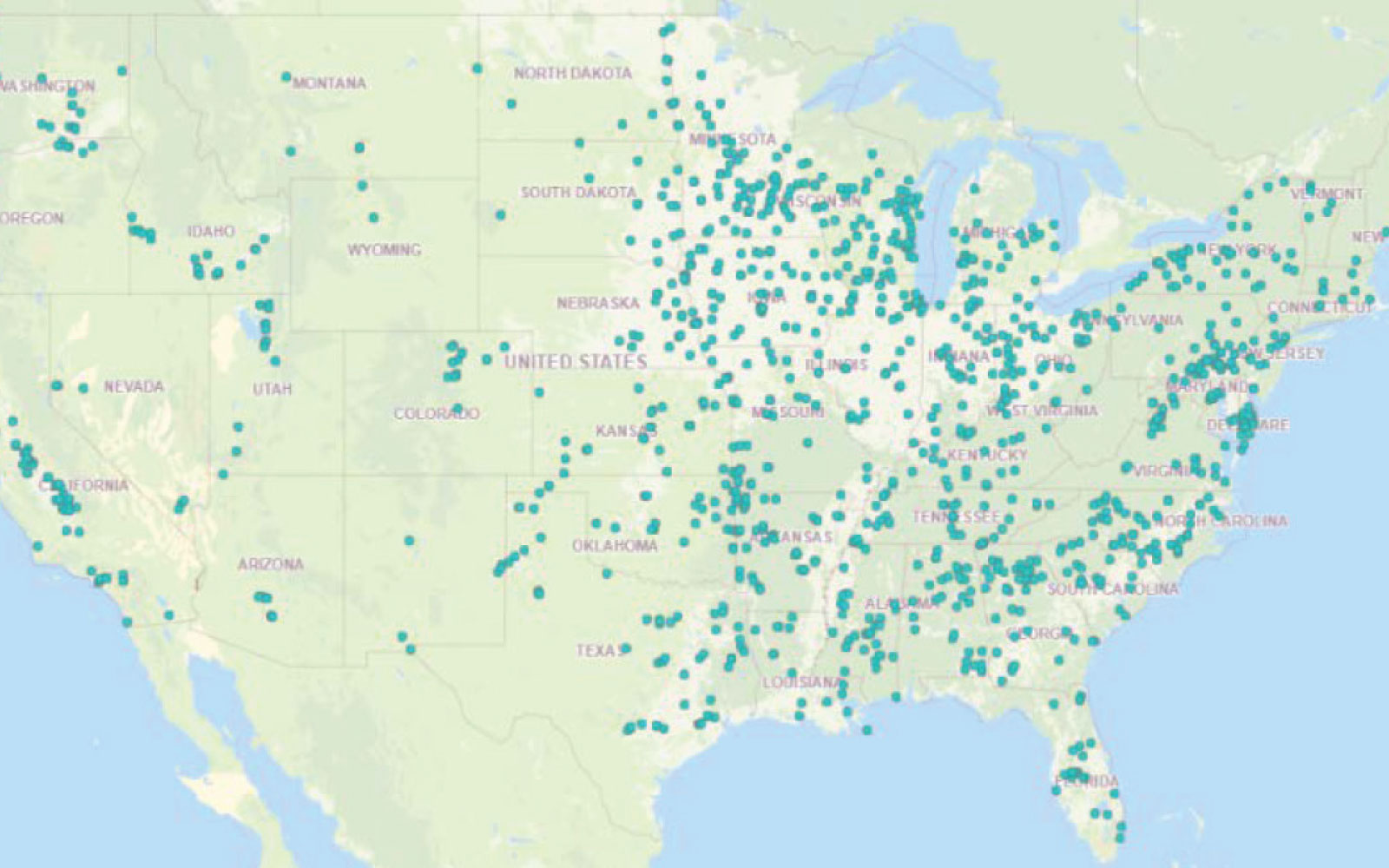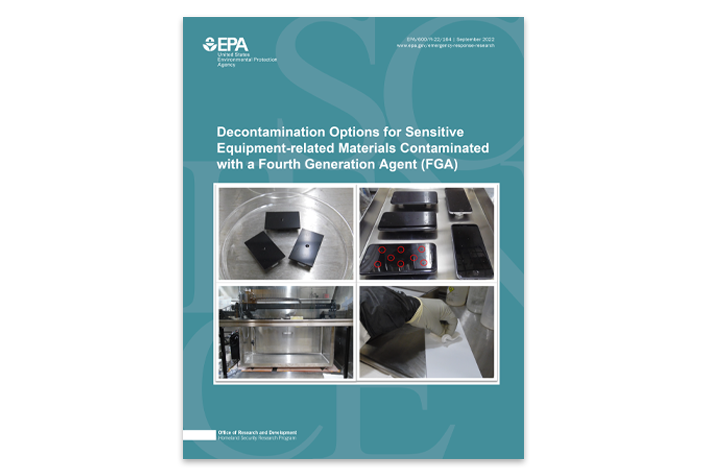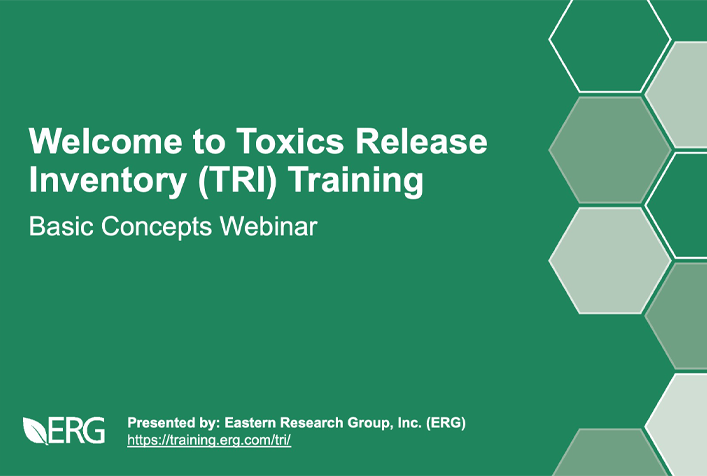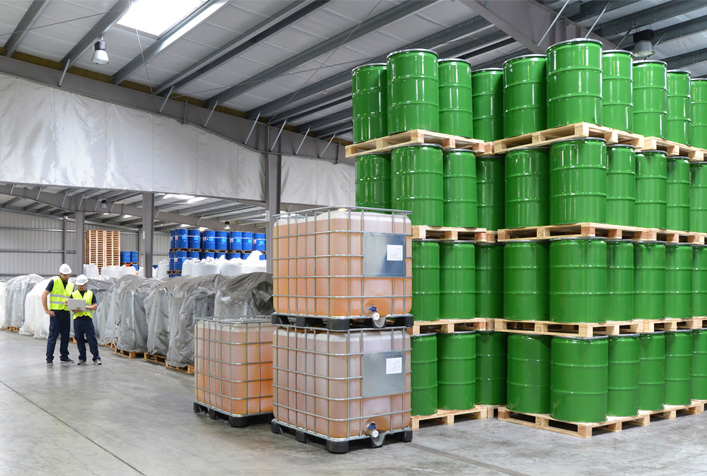Toxics
For over 30 years, ERG has provided a full suite of services, across all industrial sectors, to help clients design, implement, and assess strategies and programs to prevent, reduce, and manage toxic chemical releases and exposures. Our engineers, environmental scientists, risk assessors, and industrial hygienists evaluate industrial processes and products to identify chemicals that are manufactured, processed, and used, and then characterize the associated human health and environmental risks from potential releases and exposures. They also provide full-spectrum support to help clients understand, select, and implement pollution prevention and risk management options to mitigate unreasonable risks. For example, our specialists identify alternative manufacturing processes; identify and characterize green engineering, green chemistry, and treatment technology options; and evaluate recycling and end-of-life management strategies. For clients interested in understanding the value of regulatory or voluntary efforts, ERG economists evaluate the costs and benefits of toxic chemicals management, reduction, and prevention programs.
Analysis and Characterization of Industrial Chemicals
- Identification of chemicals used in industrial processes
- Identification of chemical release sources from industrial operations
- Estimation of chemical release quantities from each source
- Identification and evaluation of occupational chemical exposure routes and pathways
- Green engineering, green chemistry, and Design for the Environment (DfE) analyses to minimize chemical releases and exposures
Chemical Risk Assessments and Evaluations
- Screening-level and detailed human health and ecological risk assessments and evaluations
- Fate and transport assessments and modeling approaches
- Development and evaluation of chemical risk management strategies
Pollution Prevention and Risk Management
- Identification of alternative manufacturing processes
- Identification and characterization of green engineering, green chemistry, and treatment technology options
- Evaluation of recycling and end-of-life management strategies
Chemical Release and Production Inventory Support
- Toxics Release Inventory (TRI) data analyses, outreach, and guidance
- Chemical Data Reporting (CDR) data analyses, outreach, and guidance
- International Pollutant Release and Transfer Registry (PRTR) analyses
Economic Assessment
- Determination and evaluation of industrial supply chains associated with chemical manufacturing, processing, and use
- Market data collection and analysis
Projects

Support for Great Lakes Binational Lakewide Management Plans
Great Lakes National Program Office, U.S. Environmental Protection Agency

Analyses to Assist EPA in Selecting New National Emphasis Areas for State Pollution Prevention Grants
U.S. Environmental Protection Agency

Expanding EPA’s P2 Hub Helpline to Support P2 Grantees
U.S. Environmental Protection Agency

Investigation of Fourth Generation Agent Decontamination Options
U.S. Environmental Protection Agency

Characterizing Great Lakes Binational Chemicals of Mutual Concern
U.S. Environmental Protection Agency

Toxics Release Inventory Training for Reporting Facilities
Multiple organizations and individuals

Support for Existing Chemical Risk Evaluations
U.S. Environmental Protection Agency

Support for New Chemical Premanufacturing Notice Reviews
U.S. Environmental Protection Agency

Toxics Release Inventory National Analysis

Economics Analysis of Reporting Requirements Under the Toxic Substances Control Act
U.S. Environmental Protection Agency

Support for EPA’s Chemical Data Reporting Public Database
U.S. Environmental Protection Agency

Data Element Development for Proposed Tiered Data Reporting Rule
U.S. Environmental Protection Agency

Chemical Data Reporting National Review
U.S. Environmental Protection Agency

Analysis of International Toxics Inventories
U.S. Environmental Protection Agency
Service Area Leads

Working to help protect human health and the environment throughout my career has been an honor. Every day I aspire to excellence in all aspects of my work, with the goal of making the world a better place for current and future generations.

I always appreciate when our government clients ask us to help them quantify the benefits and costs of actions they are considering. The more complex assignments, such as accurately characterizing behavioral changes under multiple compliance scenarios, put a premium on our creativity and experience.

The synergy between my enforcement and chemical evaluation work is invaluable. Because of the overlap, I routinely apply my skills and knowledge from one field to the other. This makes my work more efficient and enables me to approach it more holistically.

Sustainability has been a central theme throughout my career. As an engineer, I particularly enjoy crafting approaches and tools to efficiently reduce chemical and energy inputs, guided by lessons learned from sustainability initiatives worldwide.

I deeply appreciate that I have been able to combine my love of the outdoors, desire to help others, and engineering background into a career dedicated to protecting the environment and human health from toxic chemicals. Collaborating with similarly passionate colleagues and clients has only added to the joy of my work.

Bringing regulators and the regulated community together, educating them on each other’s concerns, and helping to find environmentally preferable and economically feasible solutions are some of the most enjoyable parts of my work.

My experience has taught me that engineering and environmental protection go hand-in-hand. They do not need to hinder each other, but rather should work synergistically to continuously improve our world and the environment we live in.

Development of innovative assessment tools and methods is essential for protecting human health and the environment. At ERG, I’m excited to be at the forefront of these advancements.